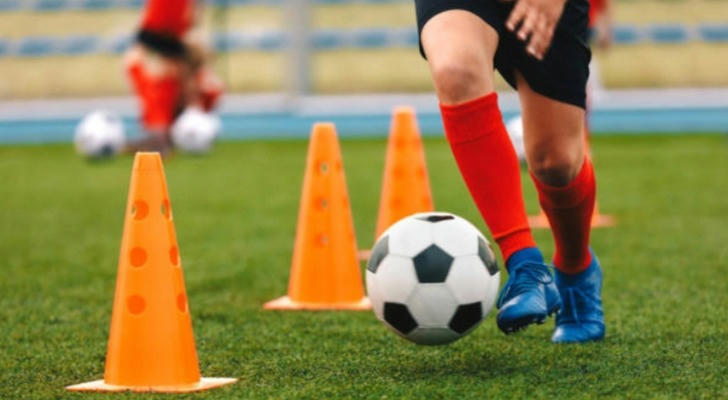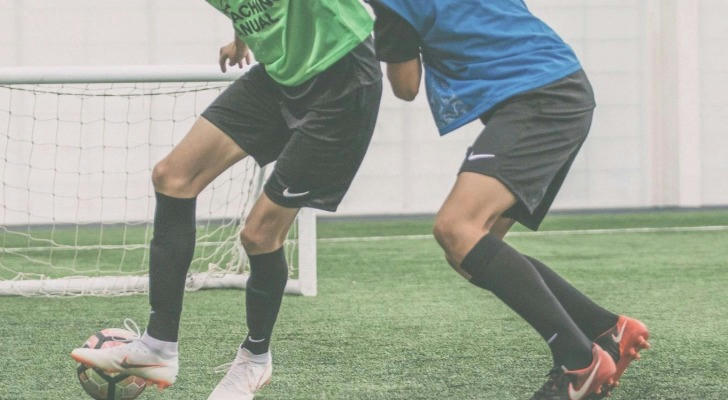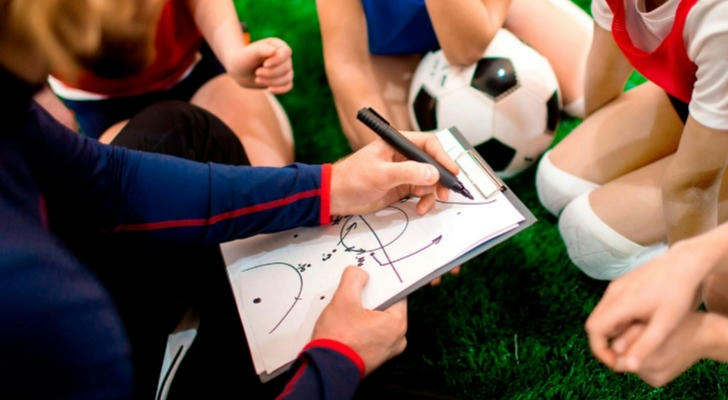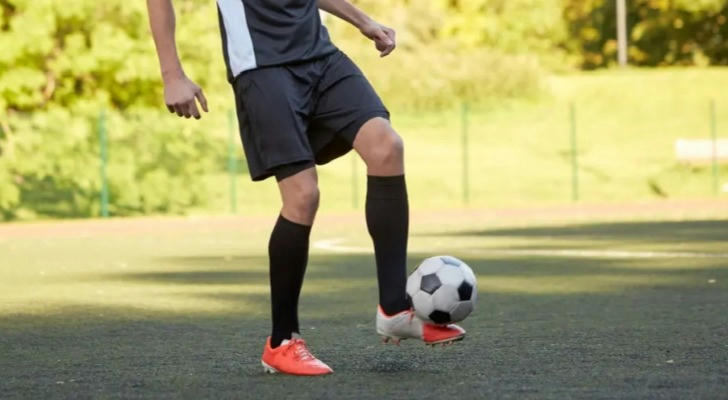Winning on the Training Field: How to Correct the Seven Common Mistakes in Soccer Training
Do you like soccer? Soccer is a sport full of skill and teamwork, and proper training is crucial for player development. However, many players and coaches often encounter common mistakes in training. Next we will explore these errors and how to correct them to help players and coaches improve training results and game performance.

Mistake: One-sided Training, Lack of Variety
Problem: Many training sessions focus on just one skill (like shooting or dribbling) and ignore other important skills (like defense). This one-sided approach can lead to poor performance in matches because the player’s skill set isn’t well-rounded.

Correction: Create a balanced training plan that covers attacking, passing, dribbling, defending, and fitness. Each training session should include exercises for various skills to promote overall development. For example, design training modules with different skill challenges to ensure balanced improvement.
Mistake: Overtraining, Ignoring Rest
Problem: Overtraining can lead to fatigue and injuries rather than skill improvement. Coaches sometimes overlook players' recovery needs in the rush to see results.

Correction: Set a reasonable training intensity and frequency, ensuring players have enough rest. Combine high-intensity training with recovery exercises like stretching and yoga to keep players in top shape, prevent injuries, and aid recovery.
Mistake: Lack of Targeted Training
Problem: A one-size-fits-all training plan doesn’t account for individual differences and specific needs. Players in different positions and skill levels need different training content.

Correction: Create personalized training plans based on players' positions, skills, and needs. For example, forwards can focus on shooting and positioning, while defenders should work on defense and interception skills.
Mistake: Ignoring Tactical Training
Problem: Many training sessions focus too much on individual skills and neglect team tactics and coordination. Even if players are technically skilled, they might perform poorly in matches due to lack of tactical understanding.

Correction: Include tactical drills in training to simulate real match situations. Use small-sided games and tactical exercises to improve players' tactical awareness and teamwork. Coaches should hold regular tactical discussions to help players understand and execute strategies.
Mistake: Neglecting Mental Training
Problem: Mental toughness is crucial in matches, but many training programs focus only on physical and technical aspects, ignoring mental preparation. Players' stress management and mental resilience are often overlooked.

Correction: Incorporate mental training into regular practice. Use mental coaching, team-building activities, and stress management exercises to help players improve their mental toughness and match readiness. Regularly assess mental state and address issues as needed.
Mistake: Ignoring Basic Technique
Problem: Emphasizing complex skills without ensuring basic technique is correct can lead to poor habits and affect skill development and match performance.

Correction: Focus on proper basic techniques before moving on to complex skills. Through repetitive practice and technique correction, help players develop correct movement patterns to improve their overall skill level.
Mistake: Monotonous Training
Problem: Repetitive and dull training content can lead to boredom and reduced motivation, affecting training results and overall development.

Correction: Design engaging and challenging training activities, including variations and fun elements. For example, use training games and match simulations to keep players motivated and involved. Regularly update training plans to avoid monotony.
Case Study:
At a youth soccer club, the coach created a high-intensity training plan before the season. The plan included frequent physical and technical exercises to quickly improve the team’s performance. However, as training intensity increased, player Emily experienced ongoing fatigue and knee discomfort, diagnosed as muscle fatigue from overtraining.
Problem: Emily’s training was too intense and lacked necessary recovery time. The plan included long, high-intensity runs, frequent contact drills, and repetitive technical exercises. Although her fitness improved short-term, long-term fatigue and injuries began to affect her performance.
Correction: The coach adjusted Emily’s training plan, reducing weekly sessions and adding recovery exercises like stretching and low-intensity swimming. Regular fitness monitoring and rest periods were introduced. The coach also educated the team about overtraining, helping players recognize and avoid excessive fatigue.
Effect: The adjusted plan effectively reduced Emily’s fatigue and pain, improving her performance and match results. Emily showed better fitness and fewer injuries in subsequent games. This adjustment not only enhanced her performance but also improved the overall training quality for the team.

Summary:
Avoiding these common training mistakes and applying effective corrections can significantly enhance soccer training. By creating a balanced training plan, managing intensity, personalizing training, focusing on tactics and mental preparation, correcting basic techniques, and keeping training interesting, coaches and players can improve skills and match performance on the path to success.
